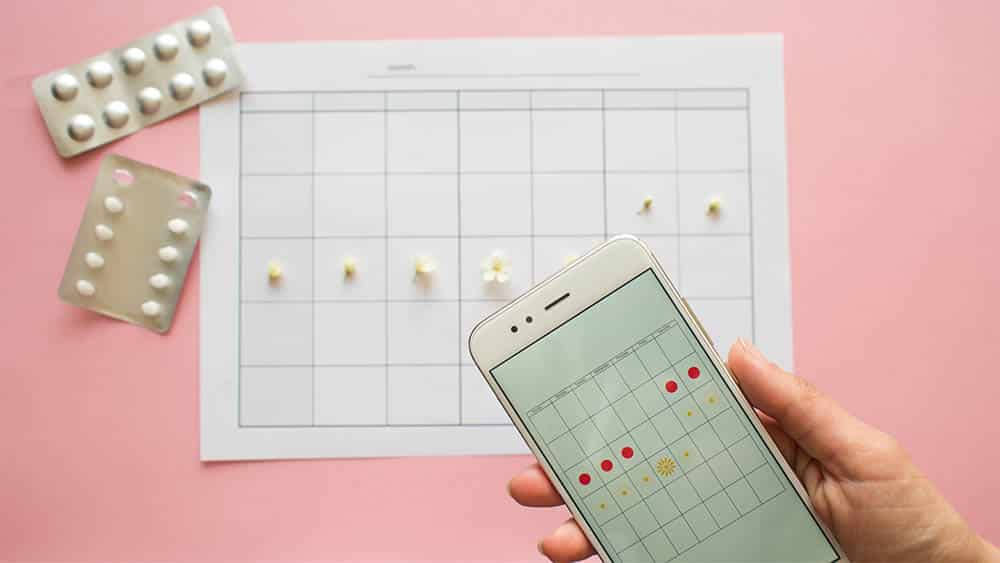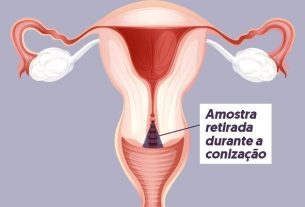The phases of the menstrual cycle are important for understanding a series of changes in the body, in addition to influencing fertility.
What do you know about your menstrual cycle? The process that takes up a few days a month uninterruptedly throughout the reproductive phase is more than just menstruation. And menstruation, in fact, only occurs during the beginning of the period. It is extremely important to know the phases of your menstrual cycle and know how to deal with each of its details.
Above all, you must understand what it is made of. Generally, the menstrual cycle lasts 28 days and is divided into 3 phases. Each phase, for example, has its own particularities and influences the female organism differently. For those who want to get pregnant, it is essential to know how each moment behaves and which one will guarantee a successful pregnancy, after all, the phases of the menstrual cycle also influence the balance of sexual hormones.
Despite behaving similarly in most women’s bodies, there are particular menstrual cycles that can have different durations and characteristics. For example, there are those that vary between 25 to 35 days, or those that are irregular and are based on the presence of certain health problems, such as polycystic ovaries. In this sense, it is crucial to learn how to deal with changes and seek medical help.
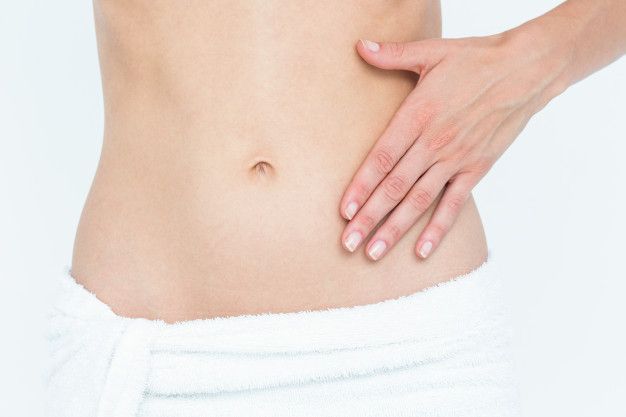
You can check below everything about the phases of the menstrual cycle, its possible irregularities and how the period is associated with fertility.
The phases of the menstrual cycle
Primarily, it is necessary to know that the menstrual cycle is divided into 3 phases, namely the follicular, ovulatory and luteal phases. Each of them is responsible for carrying out the necessary biological changes in the woman’s body, adapting her hormonal changes and acting as an alert so that it is possible to understand where the organism is at.
1 – Follicular phase
The first phase of the menstrual cycle lasts between 5, 12 or 14 days. It is during this period that menstruation occurs, when the endometrium, which covers the uterus, is expelled, if there is no pregnancy. Menstruation also brings with it possible cramps, which are caused by contractions of the uterus.
At the same time, the follicular phase modifies the organism so that the production of the hormone FSH, the follicle-stimulating hormone, is stimulated by the pituitary gland, the brain gland responsible for regulating various hormones. This occurs so that FSH can stimulate the growth of ovarian follicles, enabling the formation of eggs.
With due maturation, after 7 days, the follicles begin producing estrogen, known to be the female hormone, crucial for fertility. Subsequently, one of the follicles must develop completely, maturing and being released in the next phase.
2 – Ovulatory phase
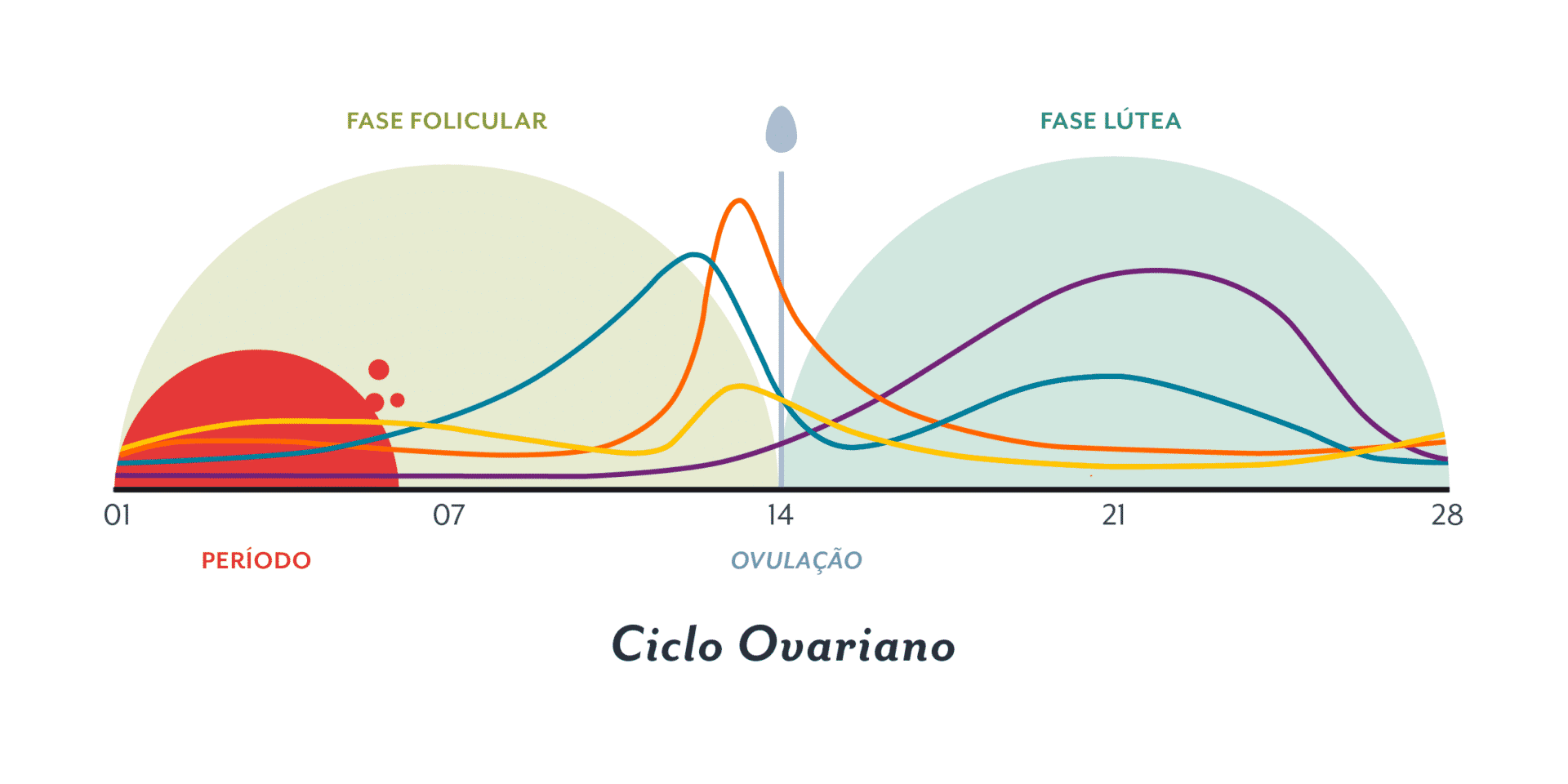
The ovulatory phase is responsible for ovulation, the most important event in the process. In this case, the increase in estrogen levels leads to the production of LH, the luteinizing hormone, responsible for the selection and expulsion of the most mature follicle from the ovary. The ovulatory phase occurs exactly halfway through the cycle, on its 14th day. The egg is removed, however, only 36 hours later, which is when it is sent to the uterine tubes.
Eventually, the egg reaches the uterus, where it can survive for 24 hours. If you come into contact with a sperm during this period, fertilization is likely to occur. This is the so-called fertile period, which occurs between 2 and 3 days before and after ovulation. The phase is also marked by a change in the consistency of the cervical mucus, which becomes thicker and more elastic, allowing sperm to move.
3 – Luteal phase
As the ovulatory phase comes to an end, the dominant egg then forms the corpus luteum, responsible for the production of estrogen and progesterone on a large scale, with progesterone helping in the implantation of the embryo. Its duration is, on average, 12 or 14 days. During this period of increased production of female hormones, some women are likely to experience increased breast tenderness, swelling and possible mood changes.
The formed egg remains in the uterine tubes for a period of 24 to 36 hours. During this period, fertilization may occur. If it exists, the follicle remains lodged in the uterine walls and the body begins the production of hCG, chorionic gonadotropin, the hormone responsible for the production of estrogen and progesterone within the egg. Thus, the lining of the uterus is maintained until the placenta begins to form.
If there is no fertilization, the follicle shrinks inside the ovary and the production levels of estrogen and progesterone decrease drastically, eliminating the lining of the uterus and starting menstruation again and a new menstrual cycle.
Non-cycle irregularities

At the same point in life, certain women may have to deal with irregular cycles, where the days are not counted and it is not known exactly when menstruation may appear. There are common causes for the situation, such as starting fertile life in adolescence, at least 2 years after the first menstruation, or changes in the body caused by the post-pregnancy period. Likewise, stress and changing the contraceptive pill are also factors that cause irregularities.
Weight loss is an important factor in the case of cycle irregularities. Eating disorders, such as anorexia nervosa, are responsible for altering hormonal levels and modifying the menstrual calendar. Even excessive intense physical activity can result in the problem.
Other situations such as polycystic ovaries, hyperthyroidism, pre-menopause, inflammation or tumors in the female reproductive system are also responsible for an uncertain menstrual calendar. In this sense, it is crucial to seek help from a doctor, who can help regularize the period and offer measures to remedy or alleviate the situation.
Menstrual cycle x Fertility
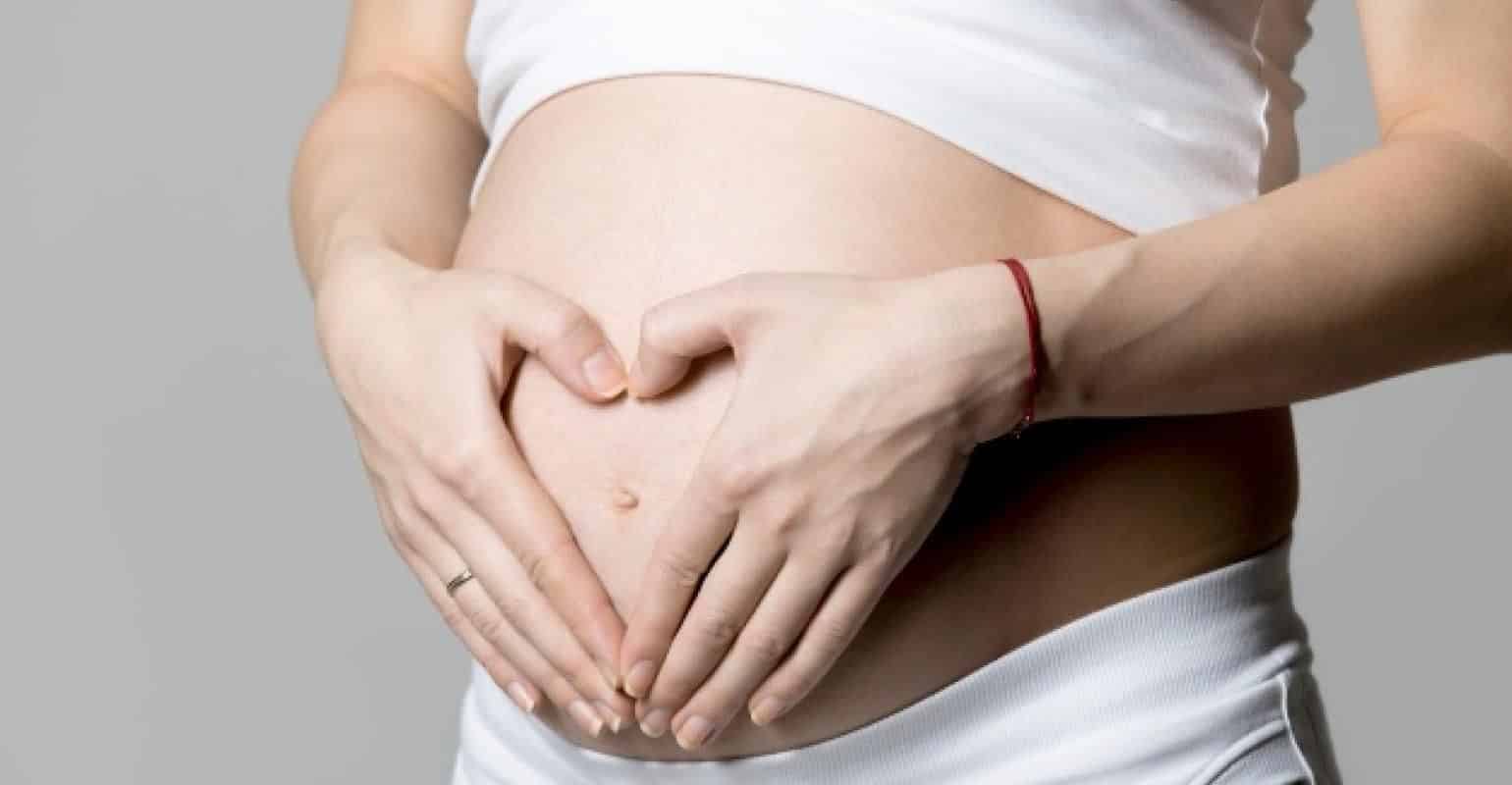
It is impossible to try to understand how the fertile period works without having some knowledge about your menstrual cycle. One is inherently responsible for the existence of the other: for those looking to get pregnant or avoid pregnancy, it is important to know what happens inside your body during the three phases.
Beforehand, you need to know that there is no possibility of getting pregnant outside of the fertile period. This occurs because fertilization only occurs during ovulation, and ovulation only occurs during certain menstrual cycles. Furthermore, the egg must be positioned in the uterine tubes. Without any of these factors, there is no pregnancy.
In order to become pregnant, couples must increase the frequency of sexual intercourse during the fertile period. Otherwise, contraceptive methods must be used, preventing fertilization. Above all, it is always essential to remember that several factors must be in harmony for pregnancy to occur, with the menstrual cycle being a complex occurrence, and understanding it is important for your own health.
If you are interested in this article, also check out What is the menstrual cycle? The phases and transformations that occur in the uterus
Sources: Tua Saúde, Art Medicina, Clue
Images: Health Business, Clue, Reproductive Medicine, Freepik, Drauzio Varella

Sign up for our newsletter and stay up to date with exclusive news
that can transform your routine!
Warning: Undefined array key "title" in /home/storelat/public_html/wp-content/plugins/link-whisper-premium/templates/frontend/related-posts.php on line 12
Warning: Undefined array key "title_tag" in /home/storelat/public_html/wp-content/plugins/link-whisper-premium/templates/frontend/related-posts.php on line 13

